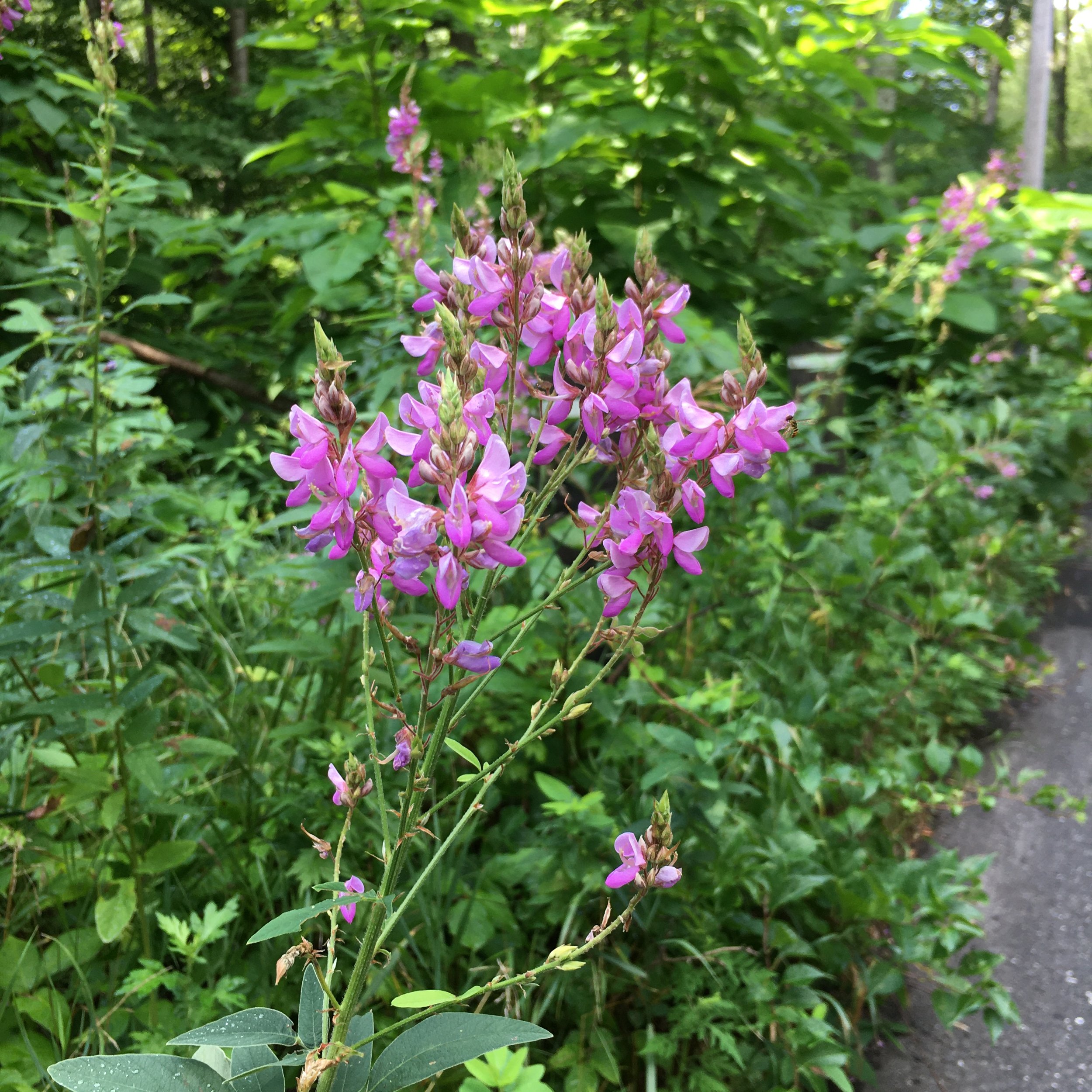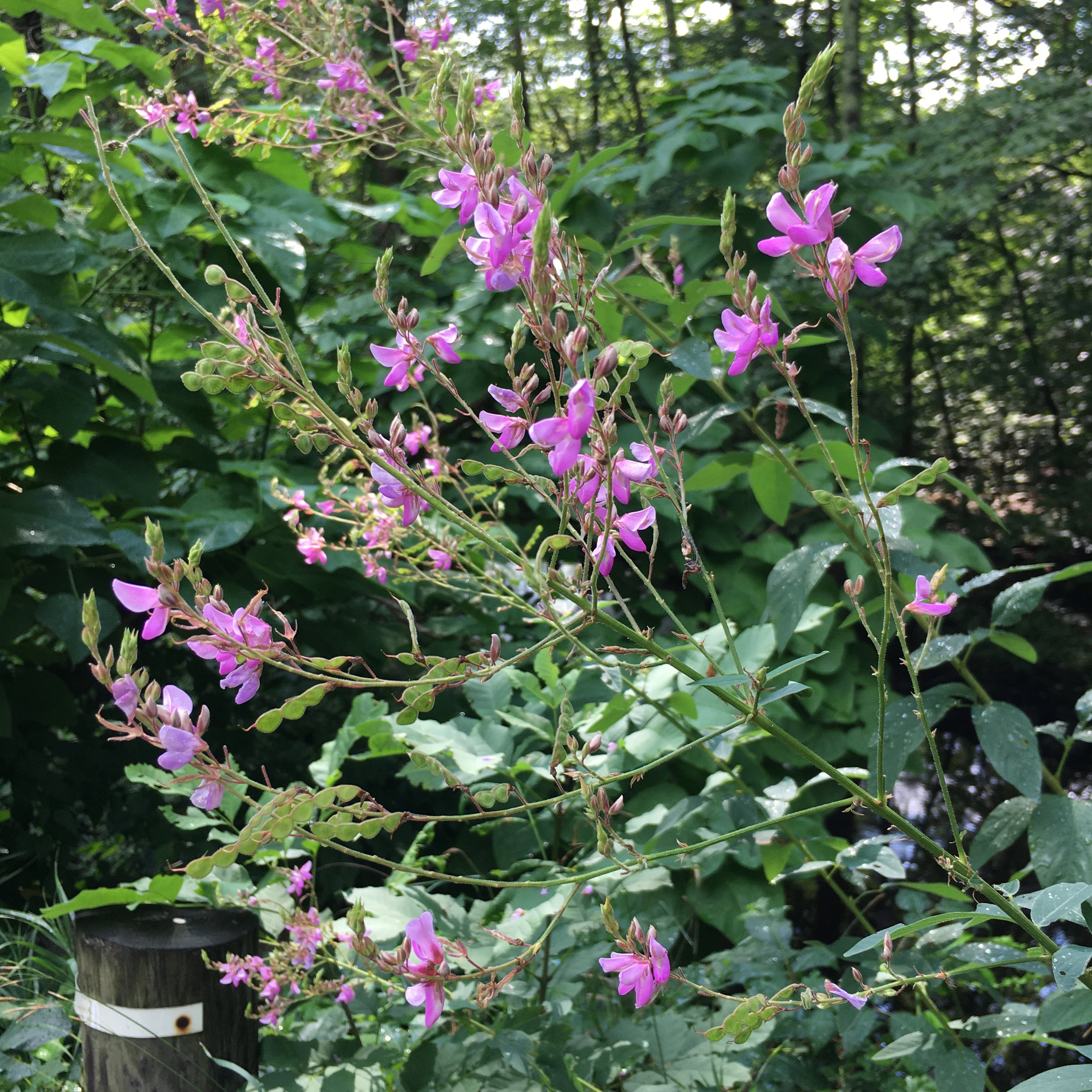HABIT
Height: 4-5’
Bloom Time: mid to late summer
SITE CONDITIONS
Light: full sun, part shade
Soil: medium-wet, average, medium-dry
CULTIVATION TIPS
Establishment: easy, seeds stick to clothing; best planted away from walkways and paths
Deer Resistance: unknown
INTERACTIONS
Pollinator Support: high
Other: host plant for Eastern Tailed Blue butterfly, Gray Hairstreak butterfly, and Silver-Spotted skipper
CONSERVATION
Native Range: Northeast, Mid-Atlantic, Midwest
Seed Propagated: yes


